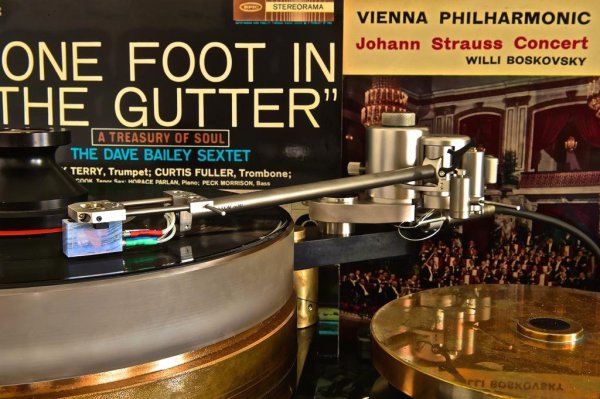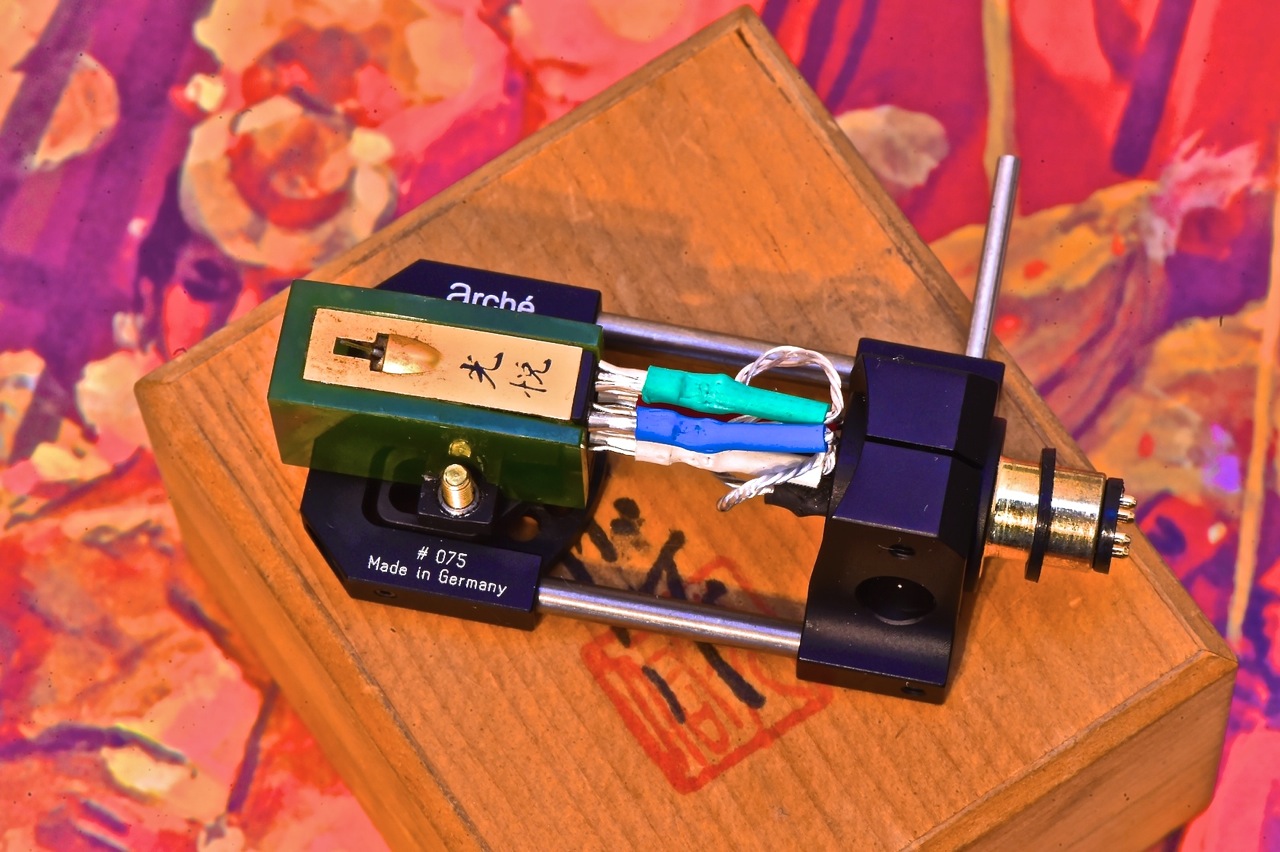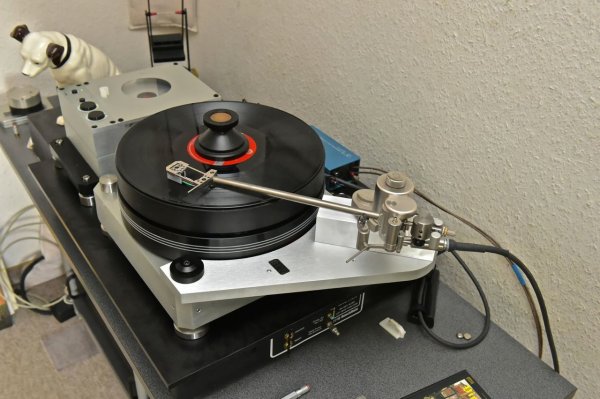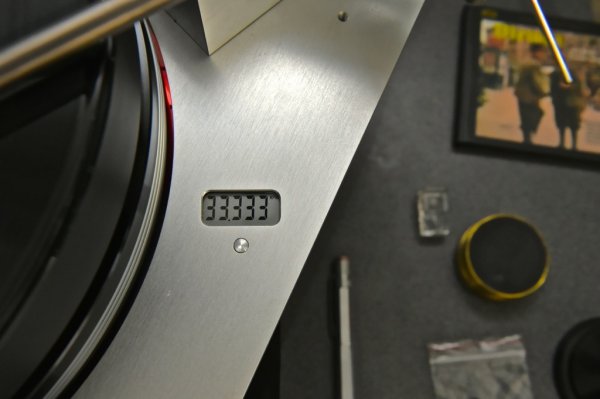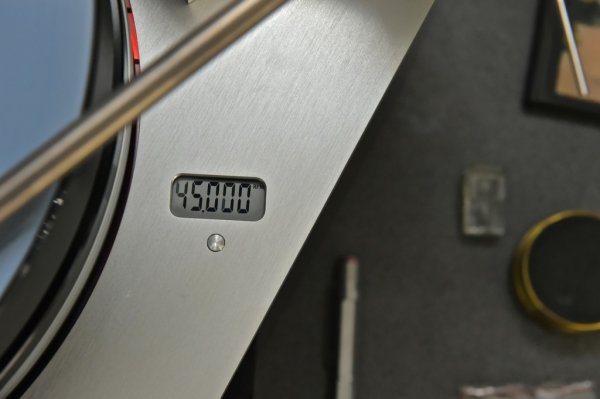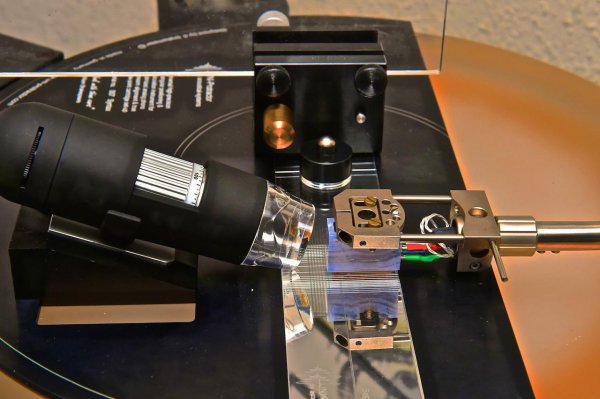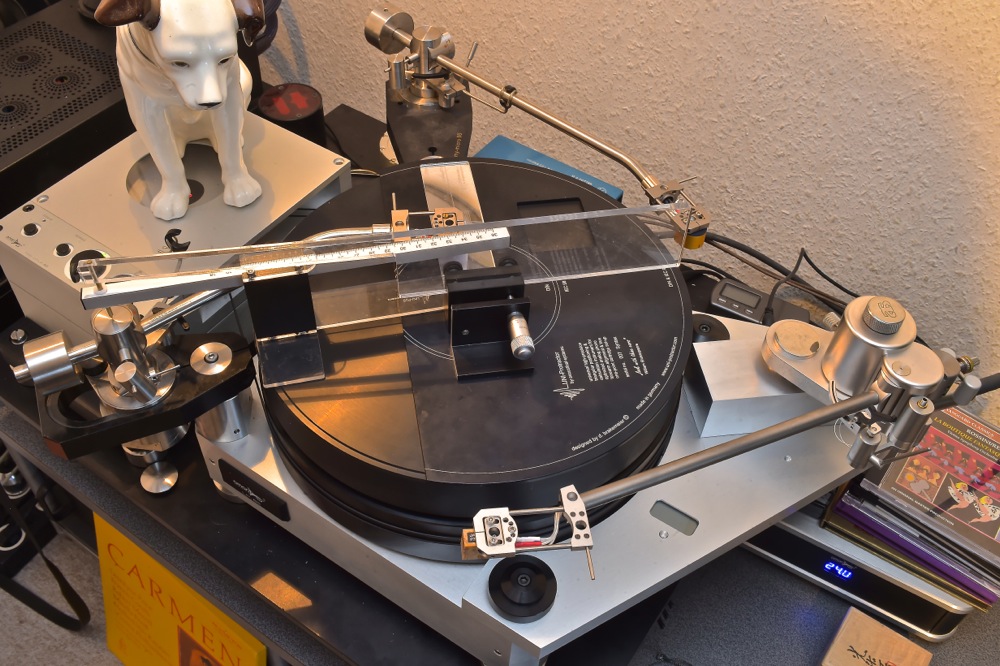The Voice
Custom Made Monitoring System.
Special designed Crossover, selected chassis with no interaction to the room,
The whole system is tri-amplification. Each woofer is sealed cabinet, 18 to 80 Hz with 500 Watt amplifier with active DSP. The woofer driver is a 18" unit with an BxL of 32 and maximum excursion of total 28 mm in sealed 70 litres. Mid bass and mid-highs is a 2 way system with 8" field coil paper driver with huge choke power supply and 80 000 ? filtering. 12 V supply. The tweeter is a 28 lbs unit which goes from 800 to 45 000 Hz. A ribbon / planar hybrid with 100 dB efficiency (past crossover). These two are mounted in an inverse ultraflex cabinet with a combination of 1st order electrical x-over (1 coil in low-mid - 1 capacitor in mid-high) in conjunction with approbiate mechanical filtering in low-pass (pre-chamber) and high-pass (super short tactrix).
The cabinet itself has a special adjusted build-in mechnical high-pass with -3dB at 80Hz. Thus giving a pretty smooth melting between the active 18" woofer and the 8" mid-low driver.
The whole system has measured 99.5 dB efficiency. Max. SPL 128 dB. Phase never worse than 8°. Pretty flat response whole band. The prime design goals were:
- maximum resolution
- maximum possible constant sound dispersion - a real soundstage recreation
- even if seated way outside the sweet spot
- real 3-dimensional soundstage
- with not only left - right and front - back location, but real heights differences.
Its smooth, yet very detailed and open sound is an important part in the full picture.Thanks to a crossover that does not present a terribly complex load, The Voice can be driven with anything from strong monoblocks to your favorite SET.

I have the pleasure of listening to this enjoyable syst in a house surrounding by the borders of 4 countries . A house with view to die for . I m willing to give up music to enjoy the view anytime of the day !!!


